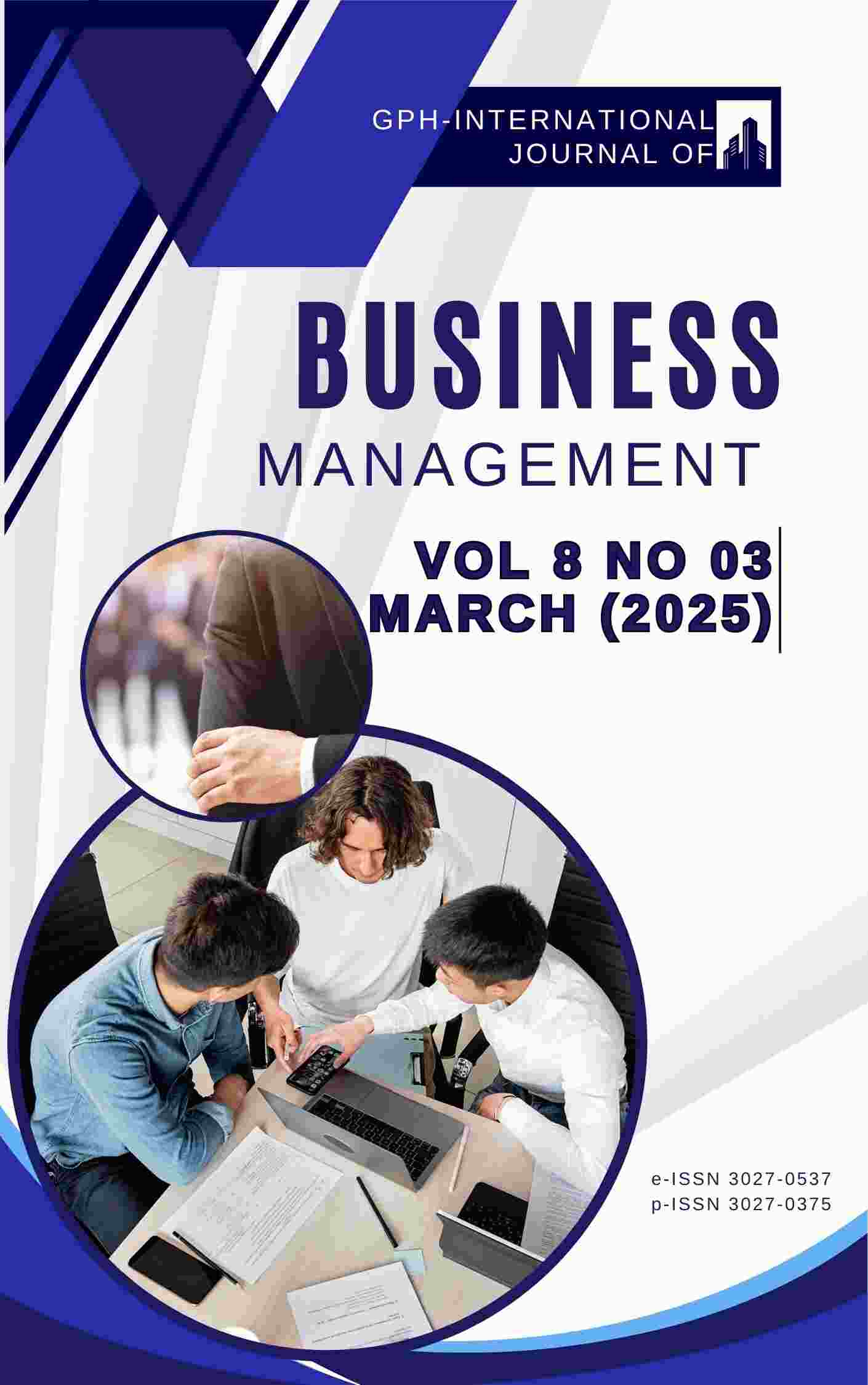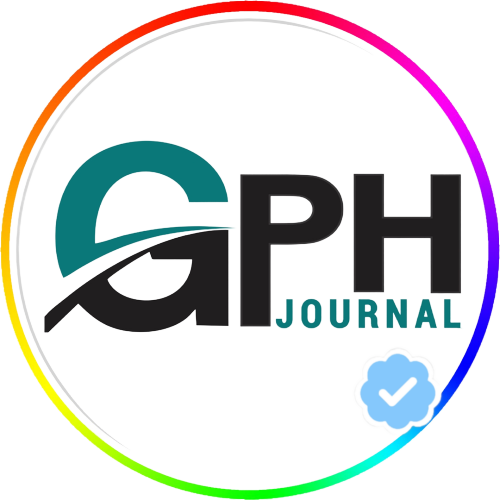Challenges and Opportunities for Digital Economy Metrics
Abstract
Digital economy is profoundly changing the traditional economic form and business model, and becoming a new engine leading global economic growth. However, due to the unique attributes of digital economy, such as virtuality, ubiquity, high speed and cross-border, it brings many challenges to the existing statistical accounting system. This paper firstly analyses the impact of digital economy on the traditional GDP accounting system, and discusses the main problems faced by the digital economy accounting, including the vague definition of the object and scope of accounting, the inconsistency of statistical caliber and standards, and the difficulty of obtaining basic data. Secondly, this paper puts forward countermeasures and suggestions to promote the statistical accounting of digital economy from the aspects of improving the accounting theory, innovating the accounting method, reforming the statistical system and strengthening international cooperation. In addition, this paper also discusses the application prospects of emerging technologies such as big data and artificial intelligence in the measurement of digital economy, as well as the significance of digital economic accounting for the theoretical innovation and practical development of economic statistics. In the era of digital economy, accurate measurement of the scale, structure and effect of digital economy is of great value for grasping the development trend of the new economy, formulating industrial policies and promoting economic transformation and upgrading. Looking to the future, it is urgent to accelerate the construction of a scientific, standardized and internationally coordinated statistical index system for digital economy, so as to provide powerful statistical support and decision-making reference for the high-quality development of digital economy.
Downloads
References
Kravchenko, O., Leshchenko, M., Marushchak, D., Vdovychenko, Y., & Boguslavska, S. (2019). The digitalization as a global trend and growth factor of the modern economy. In SHS Web of Conferences (Vol. 65, p. 07004). EDP Sciences.
Yang, L., & Zhang, Y. (2020). Digital financial inclusion and sustainable growth of small and micro enterprises—evidence based on China’s new third board market listed companies. Sustainability, 12(9), 3733.
Mühlroth, C., & Grottke, M. (2020). Artificial intelligence in innovation: how to spot emerging trends and technologies. IEEE Transactions on Engineering Management, 69(2), 493-510.
Skocpol, T. (1982). Bringing the state back in: strategies of analysis in current research. Bringing the state back in, 9.
Englander, A. S., & Mittelstadt, A. (1988). Total factor productivity: macroeconomic and structural aspects of the slowdown. OECD Economic Studies, 10(7), 56.
Woodside, A. G. (2010). Bridging the chasm between survey and case study research: Research methods for achieving generalization, accuracy, and complexity. Industrial Marketing Management, 39(1), 64-75.
Li, L. (2023). Analysis of e-commerce customers' shopping behavior based on data mining and machine learning. Soft Computing, 1-10.
Landefeld, J. S., Seskin, E. P., & Fraumeni, B. M. (2008). Taking the pulse of the economy: Measuring GDP. Journal of Economic Perspectives, 22(2), 193-216.
Landefeld, J. S., Seskin, E. P., & Fraumeni, B. M. (2008). Taking the pulse of the economy: Measuring GDP. Journal of Economic Perspectives, 22(2), 193-216.
Ayres, R. U., & Williams, E. (2004). The digital economy: Where do we stand?. Technological Forecasting and Social Change, 71(4), 315-339.
Bergsten, C. F. (2009). China's rise: Challenges and opportunities.
Ward, M. (2004). Quantifying the world: UN ideas and statistics (Vol. 3). Indiana University Press.
Hu, T. F., & Tsai, F. S. (2024). Enhancing economic resilience through multi-source information fusion in financial inclusion: A big data analysis approach. Journal of the Knowledge Economy, 1-19.
Harvey, F., & Tulloch, D. (2006). Local‐government data sharing: Evaluating the foundations of spatial data infrastructures. International Journal of Geographical Information Science, 20(7), 743-768.
Dwivedi, Y. K., Shareef, M. A., Simintiras, A. C., Lal, B., & Weerakkody, V. (2016). A generalised adoption model for services: A cross-country comparison of mobile health (m-health). Government Information Quarterly, 33(1), 174-187.
Eduan, W. (2019). Influence of study abroad factors on international research collaboration: evidence from higher education academics in sub-Saharan Africa. Studies in Higher Education, 44(4), 774-785.
Sigley, G. (2006). Chinese governmentalities: Government, governance and the socialist market economy. Economy and society, 35(4), 487-508.
Laursen, S. L., & De Welde, K. (2019). The changer and the changed: Evolving theories and practices of change in ADVANCE calls for institutional transformation. Equality, Diversity and Inclusion: An International Journal, 38(2), 140-159.
Lawson, T. (1988). Probability and uncertainty in economic analysis. Journal of post Keynesian economics, 11(1), 38-65.
Laske, O. (2023). Advanced Systems-Level Problem Solving, Volume 1: Approaching Real-World Complexity with Dialectical Thinking. Springer Nature.
Matthew, U. O., Kazaure, J. S., & Okafor, N. U. (2021). Contemporary development in E-Learning education, cloud computing technology & internet of things. EAI Endorsed Trans. Cloud Syst., 7(20), e3.
He, X., Madigan, D., Yu, B., & Wellner, J. (2025). Statistics at a Crossroads; Who is for the Challenge?. arXiv preprint arXiv:2503.22945.
Awogbemi, O., Von Kallon, D. V., & Kumar, K. S. (2024). Contributions of artificial intelligence and digitization in achieving clean and affordable energy. Intelligent Systems with Applications, 200389.
Rossoni, A. L., de Vasconcellos, E. P. G., & de Castilho Rossoni, R. L. (2024). Barriers and facilitators of university-industry collaboration for research, development and innovation: a systematic review. Management Review Quarterly, 74(3), 1841-1877.
Zhang, L., & Yu, H. (2024). Digital marketing evaluation of applied undergraduate talent training with e-commerce using big data mining and communication technology support. Computer-Aided Design and Applications, 21(S4), 103-118.
Fu, X., Fu, X. M., Ghauri, P., & Hou, J. (2022). International collaboration and innovation: Evidence from a leading Chinese multinational enterprise. Journal of World Business, 57(4), 101329.
Jinping, X. (2022, October). Hold high the great banner of socialism with Chinese characteristics and strive in unity to build a modern socialist country in all respects. In Report to the 20th National Congress of the Communist Party of China (Vol. 10, p. 49). People’s Publishing House.
The authors and co-authors warrant that the article is their original work, does not infringe any copyright, and has not been published elsewhere. By submitting the article to GPH-International Journal of Business Management, the authors agree that the journal has the right to retract or remove the article in case of proven ethical misconduct.




























